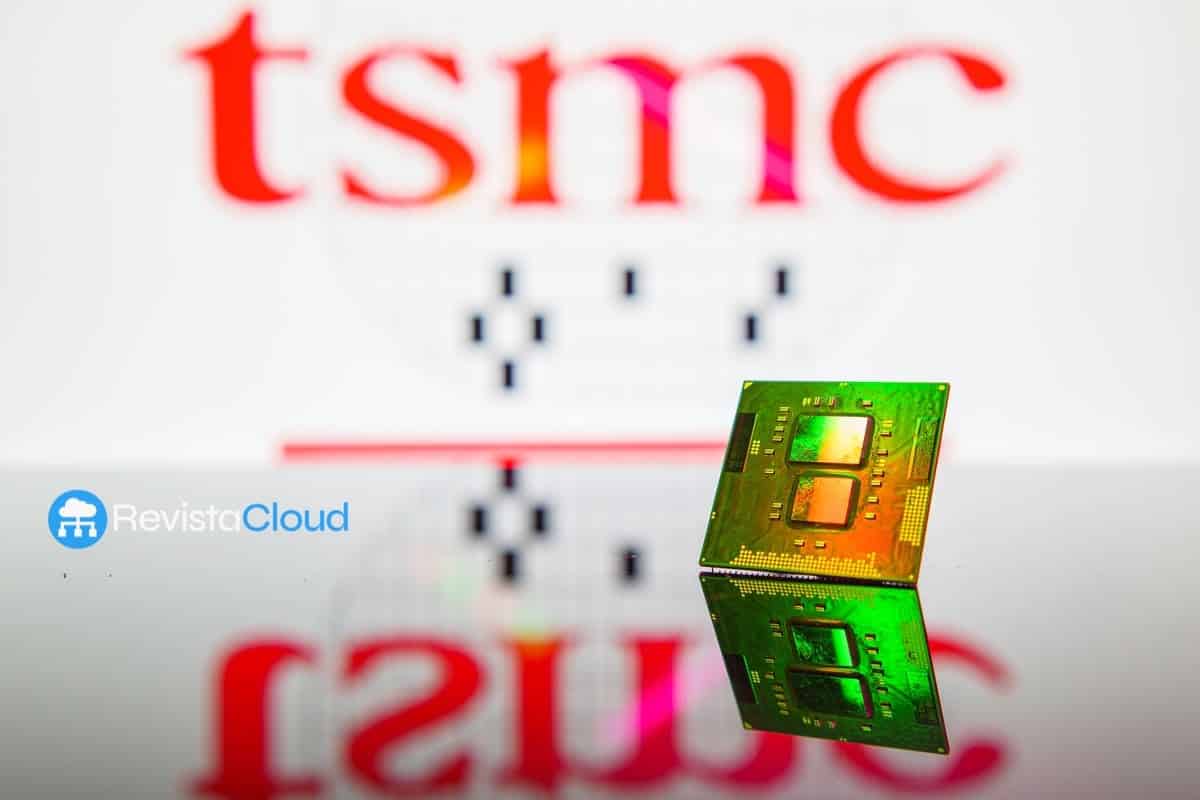Here’s the translated text in American English:
TSMC’s Fab 21 plant in Arizona has begun producing processors for AMD and Apple, according to a report by Tim Culpan, a well-connected journalist in the industry. If this information is accurate, the facility is already manufacturing at least three types of advanced chips: Apple’s A16 Bionic for the iPhone 15, components of the S9 SiP for Apple smartwatches, and AMD’s Ryzen 9000 series processors, all utilizing TSMC’s 4nm technologies (N4 and N4P).
AMD and Apple: The First Customers in Arizona
The report details that the Arizona plant is producing a chip called “Grand Rapids” for AMD, a name that has not been previously recognized in the company’s official nomenclature. It is possible that this is a communication error and that the actual name is Granite Ridge, a processor already known on AMD’s roadmap. Granite Ridge is part of the Ryzen 9000 family and utilizes Zen 5 architecture.
For Apple, in addition to the A16 Bionic chip, TSMC is manufacturing at least one system-in-package (SiP) component S9 for its smartwatches. This component includes an application processor with dual 64-bit cores and a four-core neural engine, designed to maximize performance in compact devices.
Advancements in Fab 21 Phase 1
Phase 1A of the Arizona plant has reached a production capacity of 10,000 wafers per month, with all tools installed and operational. However, Phase 1B is facing certain bottlenecks in tool installation, which affects its projected capacity of 14,000 wafers per month. Despite these challenges, no significant delays are anticipated, as the tools can be installed progressively.
Staffing Challenges at the Arizona Plant
A highlighted challenge is the lack of staff at the Arizona facility. According to the report, TSMC has invited employees from Taiwan to apply for hundreds of roles at the plant, including positions in manufacturing operations and equipment installation. While the company prioritizes local hiring, this measure underscores the difficulties in filling the necessary workforce for a high-tech plant. Currently, local employees outnumber foreign staff, but the need to mobilize resources from Taiwan highlights ongoing challenges.
A Strategic Expansion
The chip production in Arizona marks a milestone for TSMC, not only as its first major plant in the United States but also through the addition of key customers like AMD and Apple. This investment aligns with global efforts to diversify semiconductor production and reduce reliance on Asia amid geopolitical tensions.
The projected capacity of Fab 21 and its focus on advanced 4nm technologies make it a strategic pillar for TSMC, which aims to meet the rising demand for next-generation semiconductors. With the official launch scheduled for the first half of 2025, the Arizona plant could become a key player in the global tech industry.
Conclusion
The commencement of production at TSMC’s Fab 21 represents a significant advancement for both AMD and Apple. While they face staffing and capacity challenges, the plant promises to be a key hub for semiconductor manufacturing in the United States. This project not only reinforces TSMC’s position as a global leader in semiconductors but also underscores the strategic importance of diversifying chip production in an increasingly competitive global environment.
References: Tom’s Hardware and Culpium

